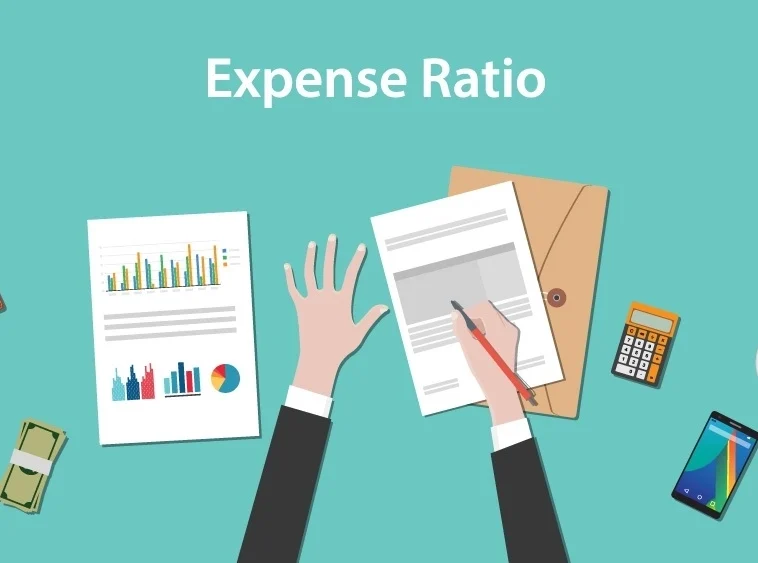Expense ratio is one of the most important — yet often overlooked — factors that affect your mutual fund returns. Whether you’re investing in equity funds, debt funds, or index funds, understanding this small percentage can significantly improve your investment decisions. Let’s break down what it means, how it’s calculated, and why it plays a critical role in shaping your long-term wealth.
What Is Expense Ratio in Mutual Funds?
The expense ratio is the annual fee fund houses charge to manage your money. It’s expressed as a percentage of the fund’s average assets under management (AUM). For example, if a mutual fund has ₹1,000 crore AUM and a 1.5% expense ratio, ₹15 crore goes toward managing the fund. This cost includes fund manager salaries, administrative fees, distribution expenses, and more.
In India, the SEBI regulates how much fund houses can charge. As per SEBI guidelines, the maximum expense ratio allowed is 2.25% for equity funds and 2% for debt funds. For passive funds like index funds and ETFs, the expense ratio is usually much lower — often under 0.5%.
Breaking Down the Components of an Expense Ratio:
The expense ratio includes several types of costs:
- Fund Management Fees: The salary and fees paid to fund managers.
- Administrative Costs: Day-to-day operations, record-keeping, and customer service.
- Distribution Expenses: Charges for marketing, agent commissions, and sales support.
For example, if a mutual fund has assets worth ₹100 crore and total expenses of ₹1 crore, the expense ratio would be 1%.
In India, the SEBI has set limits on these charges. For equity mutual funds, the maximum expense ratio is currently capped at 2.25% (source). This regulation ensures transparency and protects retail investors.
Active vs Passive Funds: A Cost Comparison
Indian investors often choose between active and passive mutual funds. Active funds aim to beat the market with expert fund management. Passive funds, on the other hand, simply track indices like Nifty 50 or Sensex.
While active funds usually have higher expense ratios (1.5% to 2.25%), passive funds have lower costs — sometimes as low as 0.1%. For long-term goals like retirement or children’s education, these savings add up. Moreover, in volatile markets, actively managed funds don’t always outperform index funds. So, if you’re a cost-conscious investor, you might benefit from low-cost options.
How to Find and Compare Expense Ratios:
Finding the expense ratio of a mutual fund is simple. You can check it on the AMC’s website, mutual fund fact sheets, or platforms like Value Research and Morningstar.When comparing mutual funds, don’t just chase high returns. Also compare the expense ratio, exit load, and fund performance consistency.
For example, if you’re investing via SIP, even a 0.5% higher cost can lower your returns by thousands over time. Therefore, always weigh costs with the fund’s historical returns and risk profile.
How this Ratio Impacts Your Investment Returns:
Even a small change in the expense ratio can create a big difference over time. For instance, if you invest ₹10 lakh in a fund with a 2% expense ratio, that’s ₹20,000 per year in fees. Now, compare it with a similar fund charging 1%. That 1% difference, when compounded annually, can reduce your returns by lakhs over 10–15 years.
Moreover, passive funds like index funds generally have lower fees compared to actively managed funds. Many Indian investors are now shifting to these low-cost options for better net returns.
Conclusion:
Expense ratio may seem like a small fee, but it can quietly erode your wealth over time. Indian investors should pay close attention to it when selecting mutual funds, especially for long-term goals. Ready to optimize your mutual fund returns? Explore more financial insights now!
– Ketaki Dandekar (Team Arthology)
Read more about Expense Ratio here – https://www.investopedia.com/expenseratio.asp
